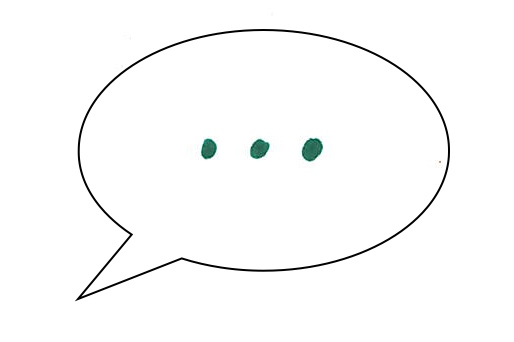-
What Happens When There’s No Conflict?

An important lesson that I learned in my college philosophy classes was the value of indirect proof. Part 1 of this two-parter is what most people think of when you mention logical arguments and proofs: speculating what could be if a particular thing existed or reasoning out the consequences of something being true. However, in…
-
Why Conflict is Necessary

Two years ago, I wrote a post where I asserted that every story must have a conflict. What I didn’t expand on then is why this is the case. That’s what I’m going to address today. This is one of my more philosophical posts, so grab a drink and get comfy. And though you and…
-
The Virtues of a Functional Story

The reason a lot of beginning writers start learning how to write creatively is they have one amazing idea for a story. They imagine the twists and turns the plot will take the reader down, the surprise ending she never saw coming, with totally unique characters and setting. The writer is sure that it’ll be…
-
Conscious and Unconscious Inspiration

We tend to think of inspiration as something that just happens, like vivid dreams or chance shower thoughts. They often feel like gifts from an external source — God, a muse, the Collective Unconscious, or some other cosmic power. These moments can be game-changing, so they ought to be cherished and recorded as soon as…
-
How Do I…? Ellipses

Everyone knows what ellipses are, but when it comes to using them, there’s not a lot of definitive advice. The one rule that you’ll find consistently is that they’re used to indicate when and where you’re skipping over parts of a quoted text. That’s very helpful for academic pieces. For creative writing, not so much.…
-
Suspending Disbelief

If you’ve taken English classes or studied media at all, you’re probably familiar with suspension of disbelief. It’s the psychological mechanism through which we immerse ourselves in an imaginary world and allow ourselves to care about what happens in it. It’s our ability to temporarily ignore the normal rules of our everyday lives and slip…



